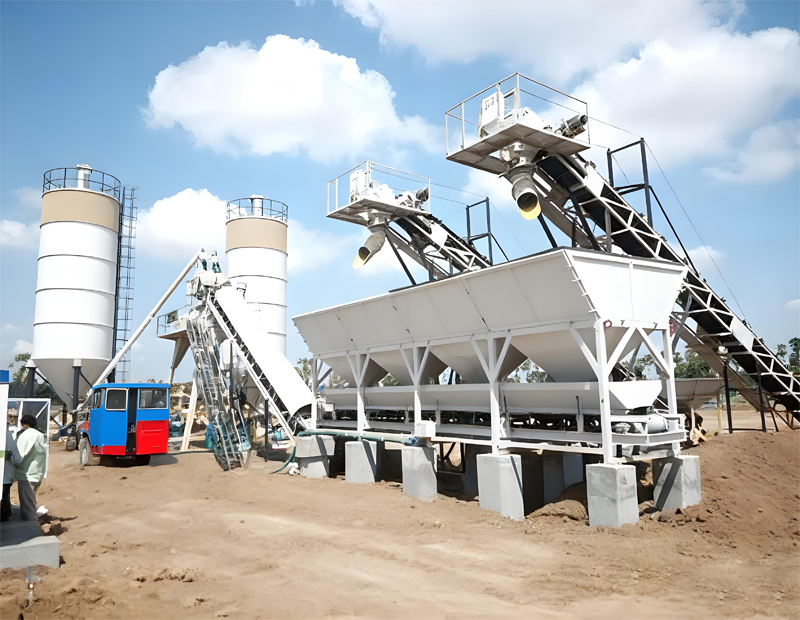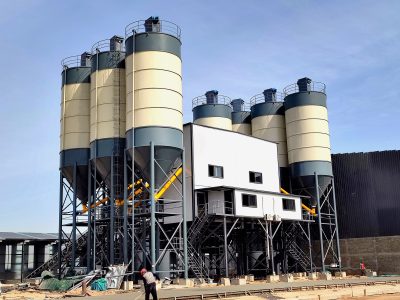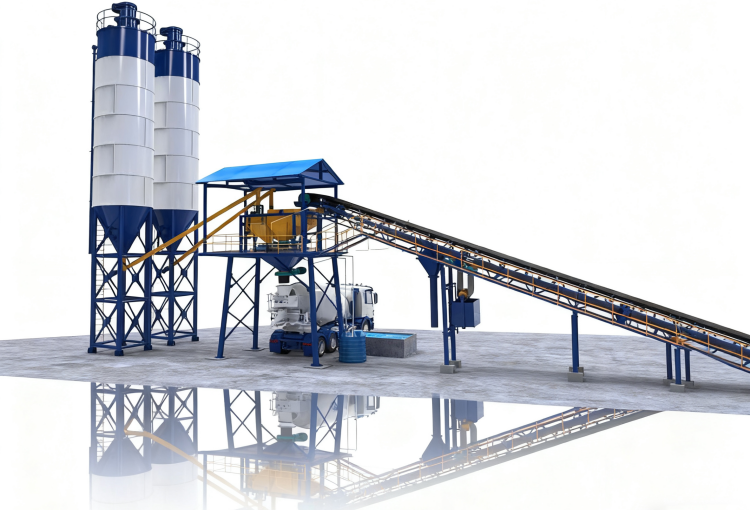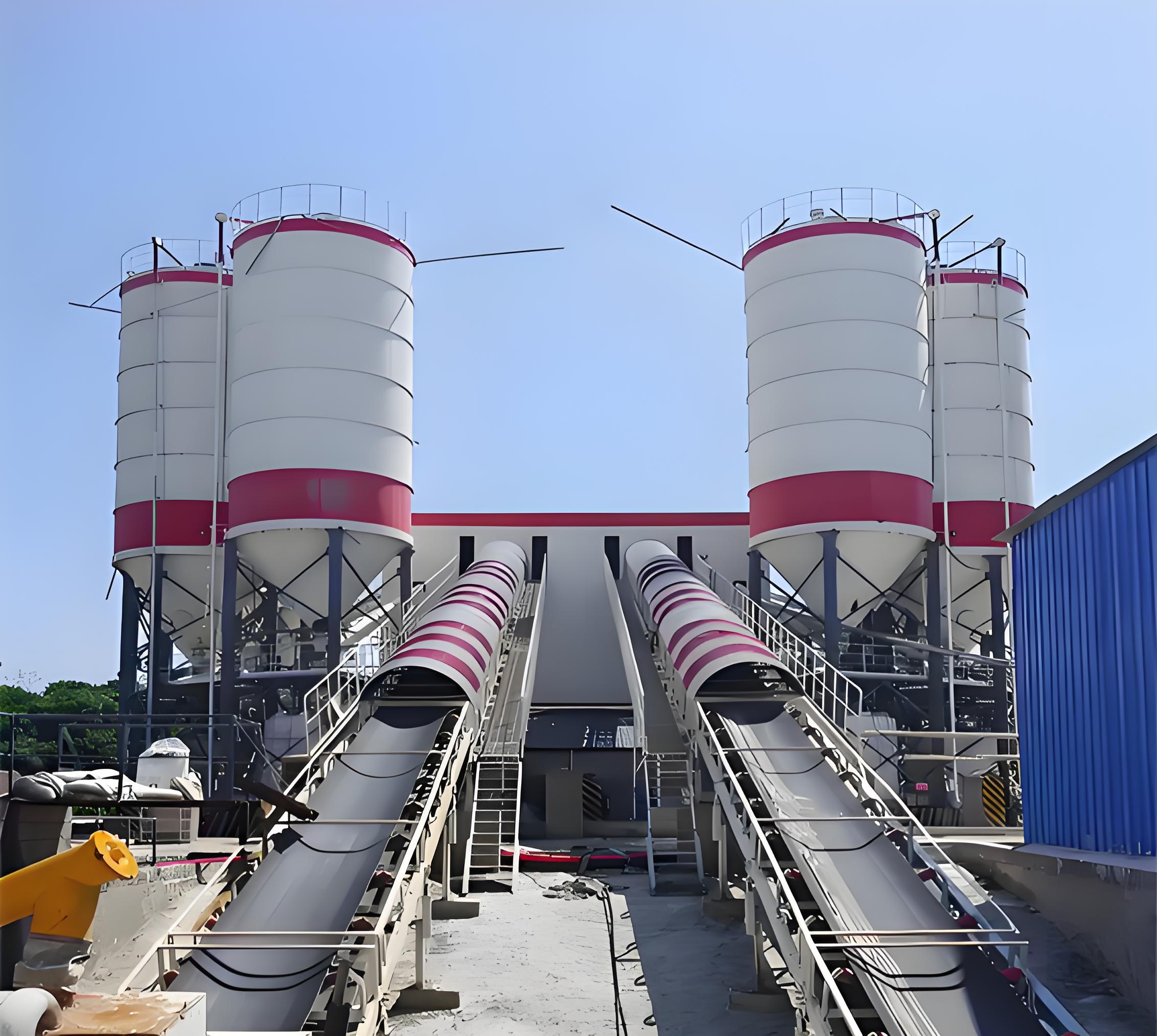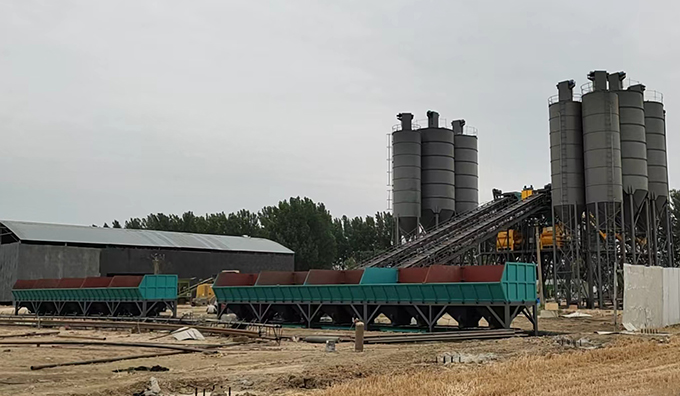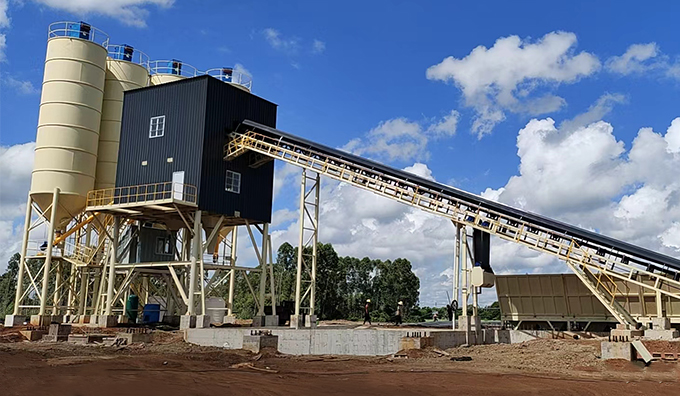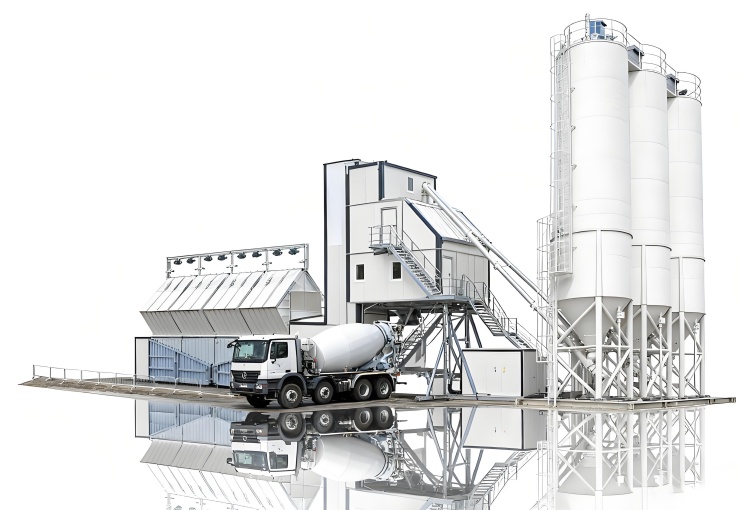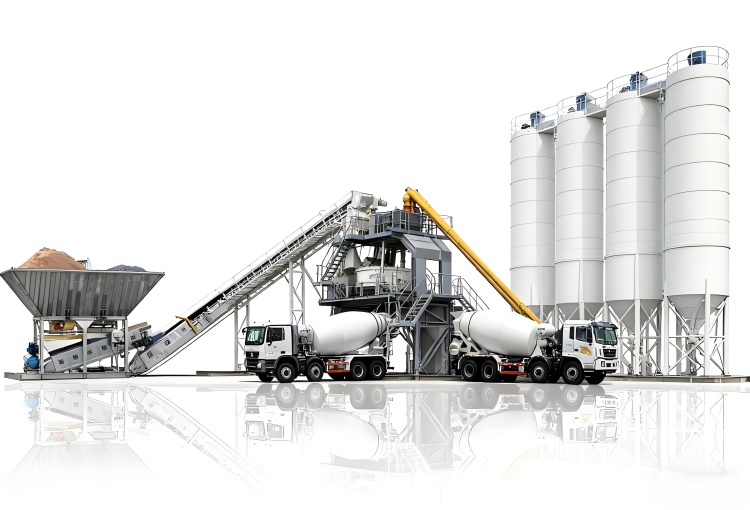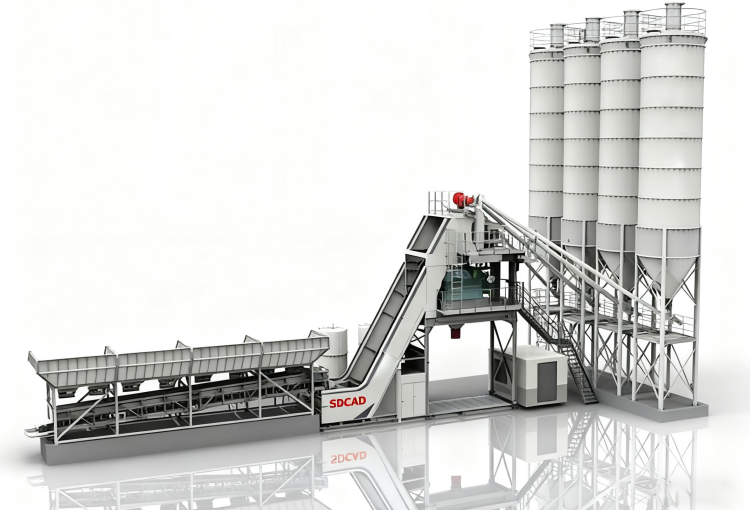In the first quarter of 2024, a regional construction firm faced a crisis: its 60m³/h capacity
concrete batching plant had continuous aggregate weighing deviations, leading to 120 tons of non-conforming concrete and a 10-day project delay. This incident reflects a widespread issue—operators of all concrete batching plant types, from large stationary units to compact concrete batching plant models, grapple with avoidable operational faults that erode profits.
Aggregate weighing system errors top the list, accounting for 38% of quality complaints per 2024 ASTM International data. These errors usually stem from neglected concrete batching plant calibration or worn conveyor belts. For example, a contractor using a compact concrete batching plant on a highway project found sand weighing was off by 8% after rain—humidity sensors lacked calibration, cutting concrete compressive strength by 15% below standards.
Equipment wear and tear causes frequent shutdowns, especially for under-maintained plants. Small components like mixing drum liners and discharge gates degrade quickly, yet 45% of operators skip weekly inspections. A 2024 industry survey found that unplanned downtime from part failures costs an average of $22,000 per incident—worsened by delays in sourcing concrete batching plant spare parts, which often take 2-4 weeks to procure.
Compliance failures plague both new and established operations, with environmental violations leading the charge. Global emissions regulations (such as the EU’s IED) limit particulate matter (PM2.5) and noise, yet 42% of plants failed initial inspections in 2023 due to inadequate dust control. Aggregate storage piles are a major culprit—uncovered stockpiles release 3x more PM2.5 than enclosed systems, drawing fines up to $15,000.
Safety compliance gaps are equally costly. OSHA data shows 1 in 3 plants lack proper fall protection on silo access ladders, resulting in $14,000+ average fines. Electrical mismatches add another layer of risk: plants using 380V systems in 120/240V regions require $6,000+ retrofits, a problem often discovered too late post-purchase.
The industry faces a critical imbalance: global production capacity of concrete batching plants exceeds demand by 4x, leading to cutthroat competition. In regions with oversupply, 60% of operators report competitors undercutting prices by 20%+—forcing corners on quality like using substandard concrete batching plant spare parts.
Worse, unlicensed “black stations” account for 15-20% of market share in some areas. These unregulated sites skip concrete batching plant calibration, use counterfeit materials, and lack environmental controls—yet undercut legitimate operators by 30%. A 2023 crackdown in multiple regions found 80% of these sites supplied non-compliant concrete to active construction projects.
Procuring used concrete batching plant for sale carries unique risks. 72% of secondhand units lack maintenance records, hiding issues like worn mixing drums or outdated electrical systems. One buyer paid $40,000 for a used plant only to discover $25,000 in needed repairs—avoidable with pre-purchase inspection of calibration logs and part condition.
Poor concrete batching plant layout is a silent productivity killer. Plants with inefficient material flow (e.g., long conveyor distances between aggregate bins and mixers) reduce output by 15-20%. Many operators skip reviewing concrete batching plant layout drawing pdf resources, leading to bottlenecks like insufficient space for raw material delivery or cramped maintenance areas.
Logistics issues plague both new and used plant acquisitions. 35% of new plant deliveries suffer damage during transport—usually from inadequate packaging that causes rust on mixing drums or bent conveyor frames. For used units, 40% require extra shipping costs due to unplanned disassembly needs, as original layouts didn’t account for relocation.
- Mandate monthly concrete batching plant calibration, using certified weights to keep deviations ≤±1%
- Stock critical concrete batching plant spare parts (sensors, liners, seals) on-site to cut downtime to <24 hours
- For compact concrete batching plant models, install weatherproof humidity sensors to adjust for environmental changes
- Prioritize plants with built-in dust collectors (99.5% filtration efficiency) to meet PM2.5 limits
- Verify electrical compatibility (voltage/frequency) before purchase, avoiding retrofits
- Conduct quarterly safety audits focusing on fall protection and emergency stops
- Avoid used concrete batching plant for sale without 2+ years of calibration and maintenance records
- Choose suppliers offering concrete batching plant layout drawing pdfs for customization before purchase
- Negotiate 12-24 month warranties covering both parts and on-site calibration services
- Use digital layout tools to map material flow, minimizing conveyor length and maximizing access
- Require marine-grade waterproof packaging for new plant deliveries, with cargo insurance covering 100% of replacement costs
- For used plants, hire specialists to create disassembly/relocation plans matching target site layout
The most successful operators treat concrete batching plant management as a continuous process:
- Conduct annual capacity audits to match plant output (capacity of concrete batching plant) to project needs, avoiding overbuying or underutilization
- Join industry associations to access verified used concrete batching plant listings and standardized concrete batching plant layout drawing pdf templates
- Invest in training for on-site teams to handle basic concrete batching plant calibration and part replacement, reducing service call costs
For operators struggling with specific issues—whether calibrating a compact concrete batching plant or sourcing reliable spare parts—proactive planning beats reactive fixes. Sharing your plant type (e.g., stationary vs. compact) or pain point (e.g., compliance fines, downtime) can help tailor solutions to your unique setup.

